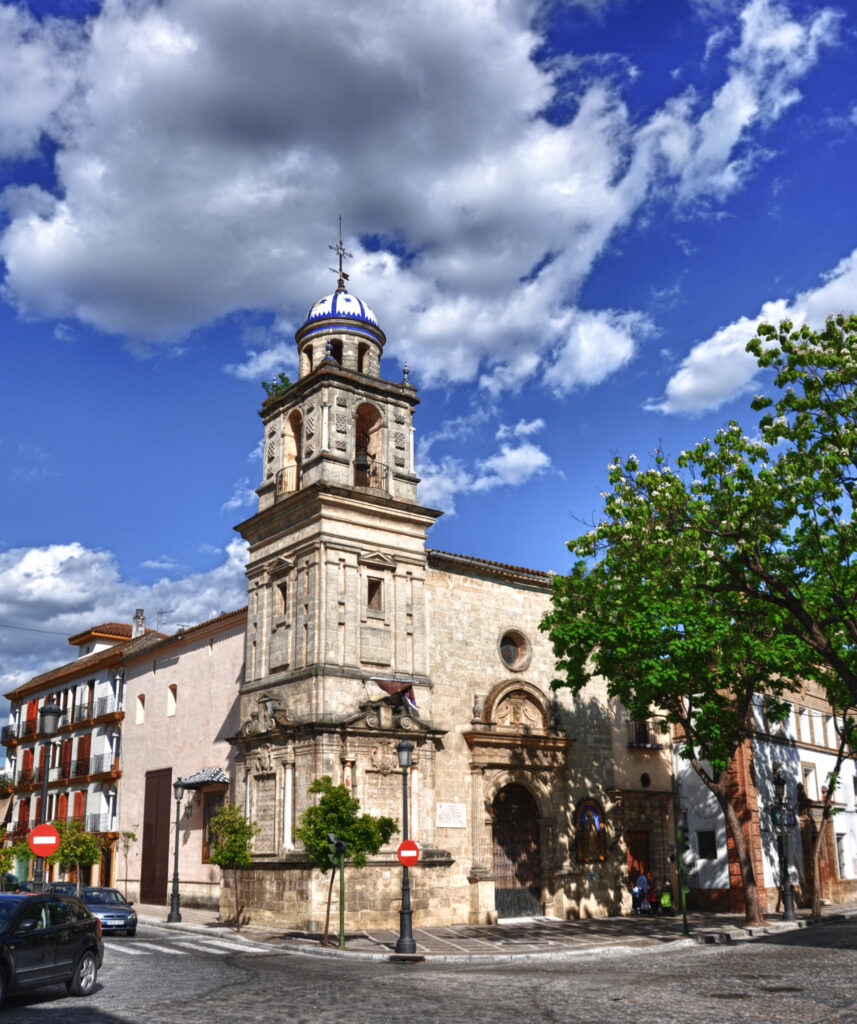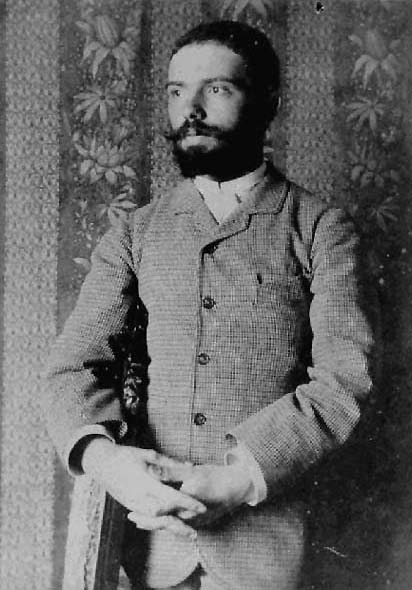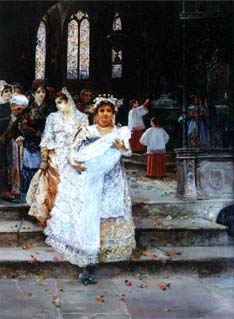Early Life

José Gallegos was born in Spain on the third of May 1857 in the Convento de la Victoria in Jerez de la Frontera. He was the youngest of five sons. One of them became a university professor in Buenos Aires, another a coffee planter in Columbia, and another a naval officer who was killed in the war between Spain and the United States over the Philippines. Little is known of the fourth son.
Jerez is a provincial town in Andalusia, and at the end of the last century the sherry community formed a small élite class of their own; the two leading families were the Domecqs, and the Gonzalez. Today they are still amongst the most important sherry producers of Spain.
José Gallegos’ father, Don José worked in a sherry ‘bodega’ belonging to Don Gillermo Garvey, and it was he who assisted José in his application for enrollment at the Academy of Fine Arts in Madrid. His father had initially pushed him toward architecture, where he was more likely to be able to make an independent living.
José Gallegos’ father, Don José worked in a sherry ‘bodega’ belonging to Don Gillermo Garvey, and it was he who assisted José in his application for enrollment at the Academy of Fine Arts in Madrid. His father had initially pushed him toward architecture, where he was more likely to be able to make an independent living.
Whilst at the Academy, José’s exceptional talent soon became apparent, and the director of the Academy wrote to his father requesting him to let his son stop his architectural studies, and change over to painting. He said that it would be a crime to limit the expression of such talent. José was allowed to change stream, and became a pupil of Madrazo. Nevertheless his architectural grounding was by no means wasted, as can be witnessed in the altarpiece that he executed in the Church of Santiago in Jerez . This massive work is 10m high, and is decorated with thirty-six bronze figures and was executed between 1900 and 1906 under the patronage of Don Gillermo Garvey .


When José graduated from the Academy he moved to Tangier in Morocco. There he worked hard, and was eventually able to return to Madrid with enough paintings to hold a one-man exhibition. Here was his first real success; the critics were unanimous in their praise of his work; he was acclaimed for his skill in the way he handled large groups of people, and for his sense of colour. A fine example of this is in the very large picture War Booty in the Modern Art Gallery in Buenos Aires.
After remaining in Madrid for a short period, he moved to Venice, where the well-known Spanish painter Mariano Fortuny was living, and by whom he was to be greatly influenced.
1894 he settled in Rome where he had previously exhibited between 1881 and 1883. Each year he would spend some weeks in Assisi in company with a contemporary of his, the sculptor Mariano Benlliure.
Together with Benlliure and with Salinas (Pablo and Agostino), Villegas, Poveda, Barbasan, and Salvador Sanchez Barbudo, José Gallegos represented the élite of the Spanish artists in Italy at that time.
He adored Rome, and cemented his bond with Italy by marrying a ‘Milanese’, Giuseppina Trelanzi in 1887. Giuseppina is portrayed in The Christening ; she has her head turned to acknowledge the old man with white hair. The baby is Giuseppina’s eldest daughter Consuelo. This happy marriage lasted only ten years, as Giuseppina died in 1897. There were four children, all of whom are now dead. Whilst two of the children remained in Rome, Consuelo returned to Spain, where her children and grandchildren now live.
